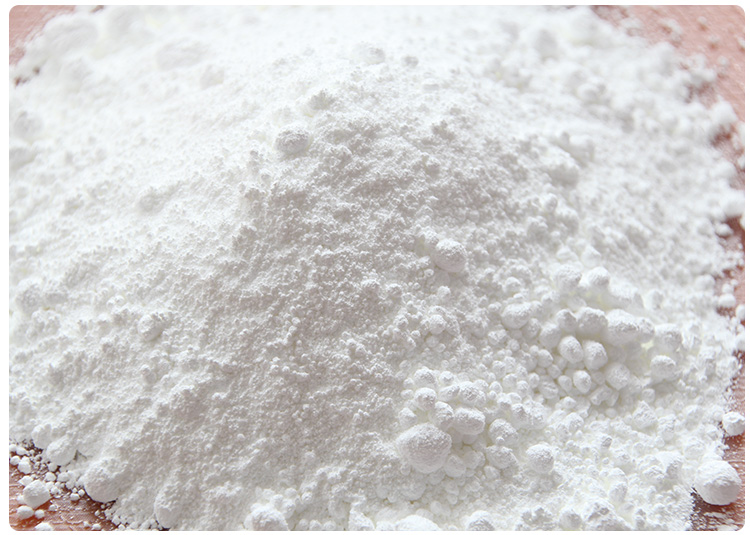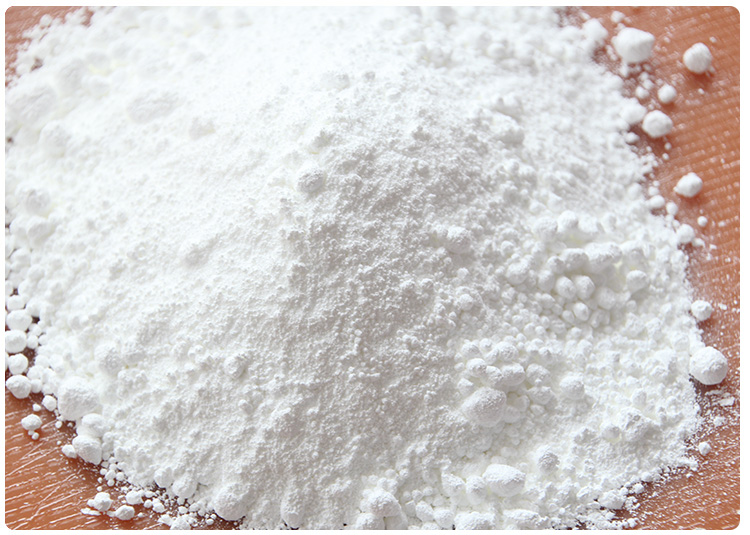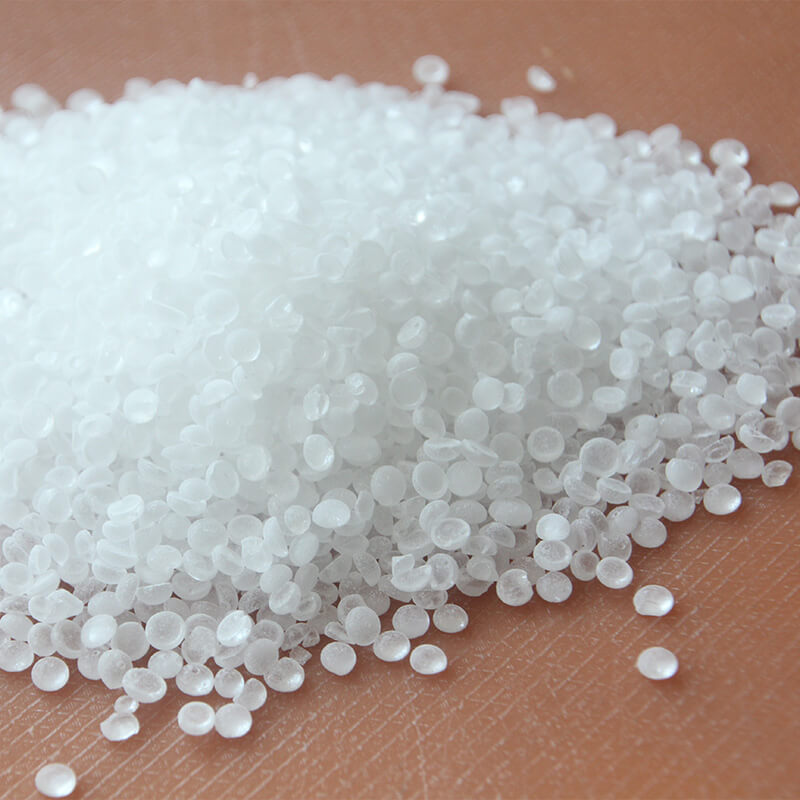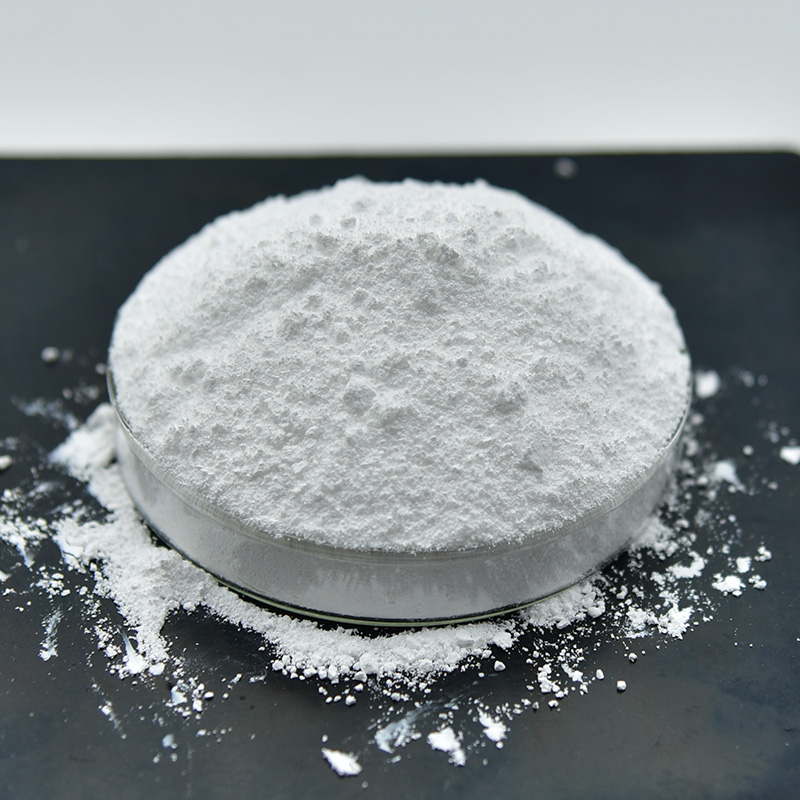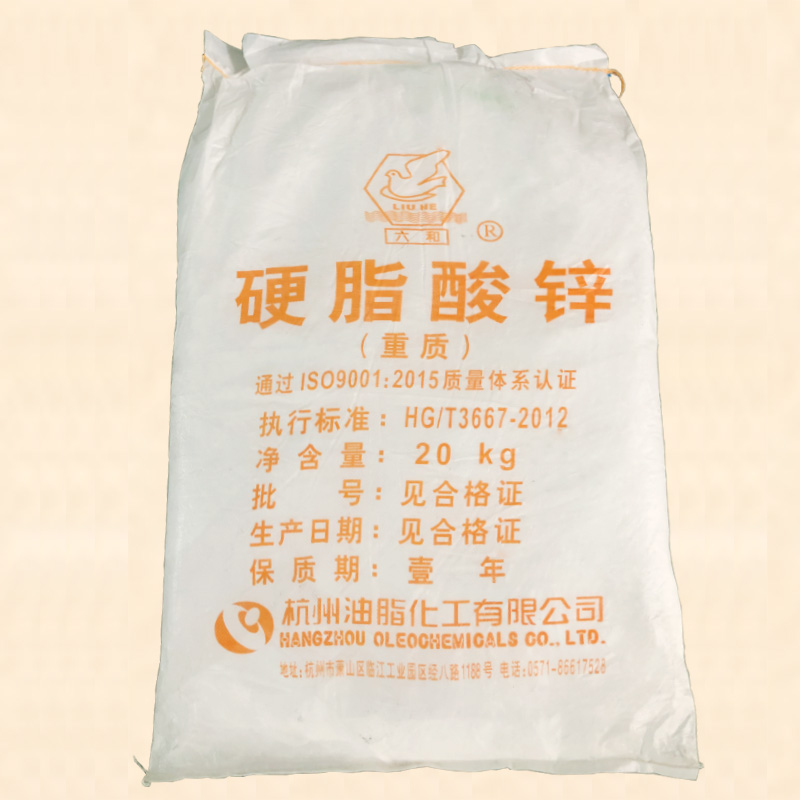What are EVA, EAA, EEA, EMA and EMMA?
- Mingpai
- 2024-06-22 10:34:05
EVA, EAA, EEA, EMA, and EMMA are all ethylene-based copolymers, each with distinct chemical structures and applications:
EVA (Ethylene-Vinyl Acetate):
- A copolymer of ethylene and vinyl acetate, known for its softness, elasticity, chemical resistance, and transparency. It is widely used in shoe materials, packaging, hot melt adhesives, and solar film applications.
EAA (Ethylene-Acrylic Acid):
- A copolymer of ethylene and acrylic acid, characterized by high polarity and excellent adhesion to metals. It is suitable for adhesive and coating applications, particularly in packaging and lamination where high adhesion is required.
EEA (Ethylene-Ethyl Acrylate):
- A copolymer of ethylene and ethyl acrylate, offering improved toughness, flexibility, bendability, and thermal stability compared to EAA. It has good compatibility and adhesion with polypropylene (PP) and polyethylene (PE), making it common in extrusion coatings and food packaging.
EMA (Ethylene-Methyl Acrylate):
- Corrected from Ethylene-Methacrylic Acid to Ethylene-Methyl Acrylate, it is a copolymer with ethylene and methyl acrylate, providing enhanced flexibility and transparency. It is utilized in applications such as hoses, films, hot melt adhesives, and wherever (low-temperature flexibility) or improved clarity is desired.
EMMA (Ethylene-Methacrylic Acid Methylester):
- Less commonly encountered, this abbreviation might refer to a specialized ethylene copolymer, potentially involving methacrylic acid methyl ester as a comonomer. It could share similarities with EAA or EMA but with specific properties tailored by the presence of the methyl ester group, potentially offering unique optical or chemical resistance properties.
These materials, while based on ethylene copolymers, vary in their properties by adjusting the ratio and type of comonomers, catering to the specific needs of diverse application fields.



